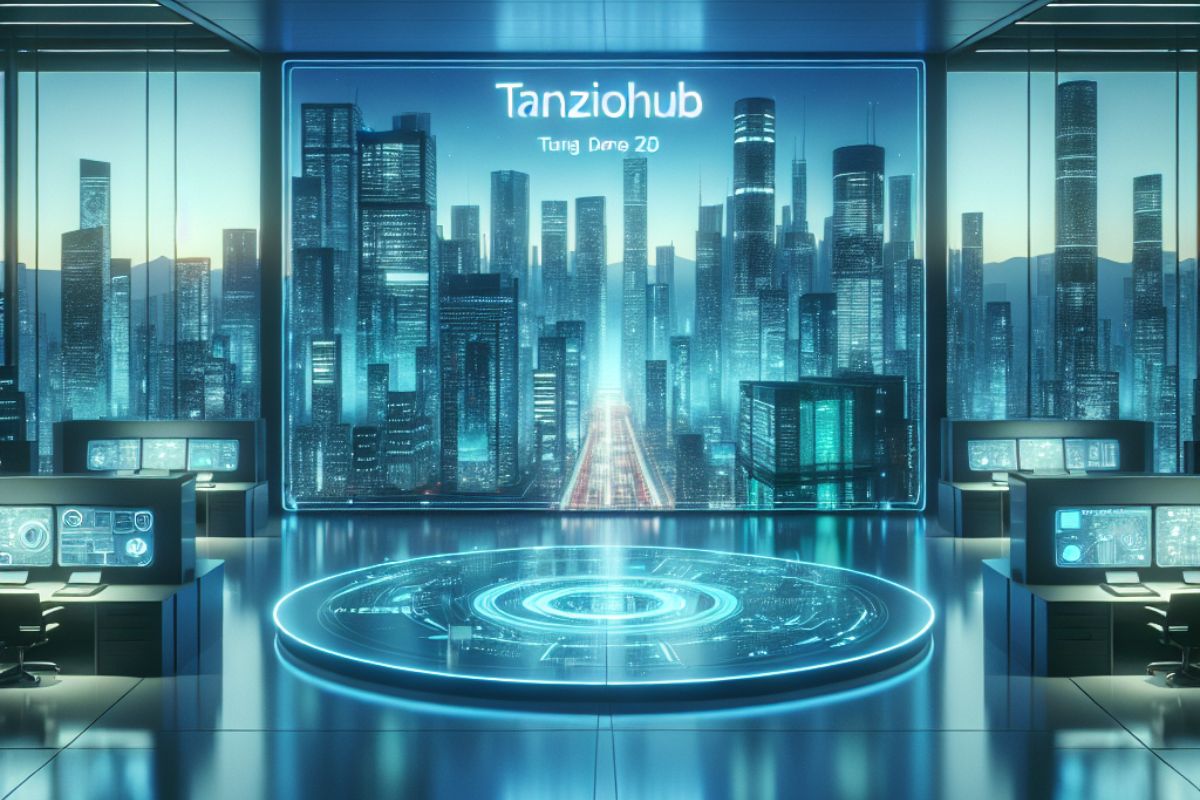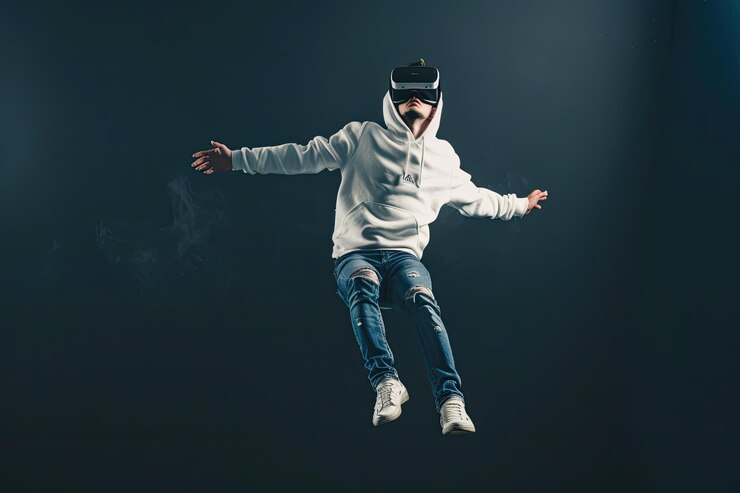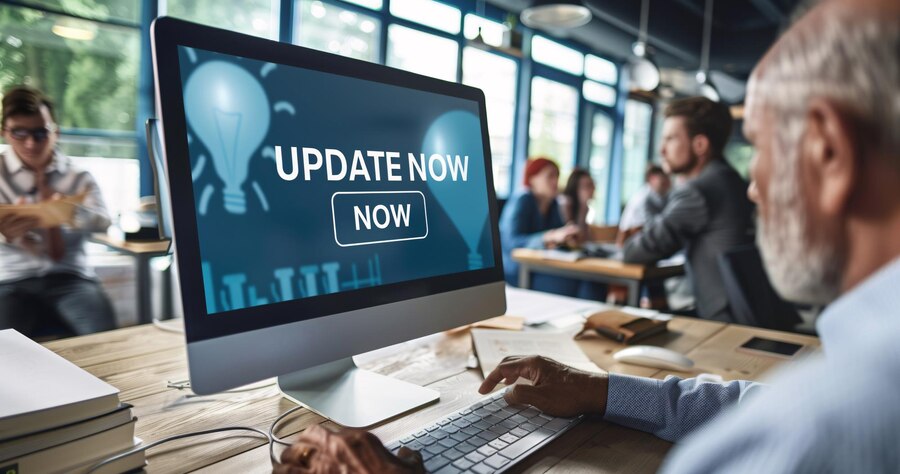In today’s fast-paced, digital-driven world, finding a balance between screen time and self-care has become a critical part of maintaining overall well-being. The omnipresence of screens—from smartphones to laptops to smartwatches—prompts a profound question for each of us: how do we integrate these digital tools into our lives without letting them dominate? This blog post explores how you can find harmony in the digital age, offering insights into managing screen time effectively while prioritizing self-care.
The Digital Revolution and Its Impact on Wellness
The digital age has revolutionized the way we live and work. With instant access to information and connectivity at our fingertips, technology has significantly enhanced productivity and convenience. However, this surge in digital interactions comes with its own set of challenges for our mental and physical health. From eye strain to anxiety, the impact of excessive screen time is far-reaching.
Though screens have made life more convenient, they often blur the lines between work and personal time. Many of us are familiar with the cycle of checking emails late into the night or scrolling through social media before bed. This constant connectivity can lead to burnout and an ongoing sense of being “switched on.”
Recognizing the challenges posed by excessive screen time is the first step towards achieving balance. Fortunately, awareness brings the power to change. With a mindful approach, it’s possible to harness the benefits of technology while safeguarding our health.
Understanding Screen Dependency
It’s no secret that most people spend a significant portion of their day in front of screens. Whether for work, communication, or entertainment, digital devices have become an integral part of daily life. But how do we know when digital use crosses the line into dependency?
Screen dependency often begins subtly, with a few extra minutes turning into hours spent on devices. The convenience of digital solutions can quickly become a crutch, leading to a reliance that feels essential but is not always beneficial.
Studies indicate that a high percentage of individuals experience screen-related fatigue and stress. Understanding this dependency involves recognizing the signs, such as feeling anxious without a device, neglecting other activities, or experiencing physical discomfort.
The Consequences of Excessive Screen Time
Overuse of screens can have tangible effects on both mental and physical health. Eye strain, poor posture, and disrupted sleep are common physical consequences, while mental health can be compromised by increased stress levels and reduced attention span.
One of the primary issues associated with excessive screen time is the disruption of sleep patterns. Exposure to blue light from screens before bedtime interferes with the body’s natural sleep-wake cycle, making it harder to fall and stay asleep.
Mental health can also suffer due to constant digital interaction. The pressure to remain connected and responsive can lead to anxiety and stress, which are often exacerbated by the false perceptions created by curated content on social media.
Finding the Balance with Mindful Technology Usage
Mindful technology usage is about being intentional with how we interact with digital devices. By setting boundaries and prioritizing quality over quantity, it’s possible to enjoy the benefits of technology while minimizing its drawbacks.
A practical approach to mindful technology use includes setting specific times for screen interaction, turning off notifications during relaxation periods, and engaging in tech-free activities. Simple steps like these create space for self-care and limit screen dependency.
Mindful usage also means using technology to enhance well-being. For instance, employing apps that promote meditation or track physical activity can turn screen time into a tool for positive change, aligning digital interaction with self-care goals.
Creating a Screen Time Management Plan
Developing a personal screen time management plan is crucial for maintaining balance. Start by assessing your current screen use and identifying areas that require adjustment. This could involve reducing work-related screen time or limiting recreational device use.
Set realistic goals for reducing screen time, such as designating device-free zones in the home or committing to tech-free periods each day. These goals should be tailored to fit your lifestyle while promoting more meaningful offline activities.
Regularly reviewing and adjusting your plan is essential for sustaining balance. Tracking progress with digital wellness apps can provide motivation and insight into areas that need further attention, helping you stay on track.
The Role of Self-Care in the Digital Era
In the hustle and bustle of digital life, self-care sometimes takes a backseat. Prioritizing self-care is about nurturing your mental, emotional, and physical health, creating a foundation that supports resilience against screen-related stress.
Self-care doesn’t have to be elaborate. Simple practices such as taking breaks, practicing meditation, or engaging in physical activities can significantly enhance well-being. These activities help reset the mind and body, reducing the impact of prolonged screen exposure.
Balancing screen time with self-care also involves recognizing when digital detox is necessary. Even short breaks from technology can refresh your perspective and improve your overall sense of well-being.
Practical Self-Care Tips for a Tech-Savvy World
Integrating self-care into a tech-savvy lifestyle requires intentionality. Start by scheduling regular breaks to stretch, hydrate, and rest your eyes. These simple actions counteract the physical strains of screen time, enhancing comfort and focus.
Practice mindfulness through activities such as yoga or deep breathing exercises. These Tanzohub techniques help reduce stress and improve concentration, providing a mental reset amidst a busy digital day.
Another effective tip is to establish a calming bedtime routine free from screens. Reading a book, journaling, or listening to soothing music can prepare the mind for restful sleep, promoting recovery from daily digital interactions.
Leveraging Technology for Wellness
While managing screen time is essential, technology itself can be a powerful ally in promoting wellness. There are numerous apps designed to support mental health, track fitness goals, and encourage healthier habits.
Explore apps that offer guided meditation sessions or track sleep patterns to enhance well-being. These tools can transform screen time into an opportunity for growth and self-improvement.
Additionally, consider using apps to connect with communities that share your interests. Engaging in conversations about wellness and balance can provide support and motivation as you work towards your goals.
Building a Digital Wellness Community
The path to balancing screen time and self-care is often more successful with the support of others. Building a digital wellness community allows for shared experiences, advice, and encouragement.
Participate in online forums or social media groups focused on digital wellness. Sharing tips and success stories with others can foster a sense of belonging and accountability.
Creating a community also involves reaching out to friends and family. Encourage open discussions about screen time habits and explore ways to collectively promote a healthier, more balanced lifestyle.
Reclaiming Control Over Your Digital Life
Achieving balance in the digital age requires reclaiming control over your digital life. This involves making conscious choices about how, when, and why you use technology, ensuring it aligns with your values and goals.
Begin by identifying specific areas where digital habits can be improved. Whether it’s reducing social media use or setting boundaries around work emails, taking intentional steps towards change can significantly impact your well-being.
Empower yourself with knowledge and resources to support this transition. Educate yourself about the effects of screen time and explore strategies that resonate with your lifestyle and needs.
Navigating the Future of Digital Wellness
The landscape of digital wellness is constantly evolving, influenced by advancements in technology and changing societal norms. Staying informed about these trends can help you adapt and maintain a healthy balance in the long term.
Keep abreast of new research and tools that promote digital wellness. This continual learning allows you to refine your approach and incorporate innovative strategies into your routine.
Ultimately, the future of digital wellness lies in personal empowerment and adaptation. By remaining flexible and open to change, you can successfully manage screen time while prioritizing self-care.
Conclusion
In a world dominated by screens, finding a balance between screen time and self-care is crucial for maintaining overall well-being. By understanding the impact of digital interactions, creating mindful habits, and leveraging technology for wellness, you can achieve harmony in the digital age. Remember, the goal is not to eliminate technology but to use it wisely, ensuring it serves rather than detracts from your life. For those ready to take the next step, exploring resources and communities dedicated to digital wellness can provide valuable support and insight.















Leave a Reply